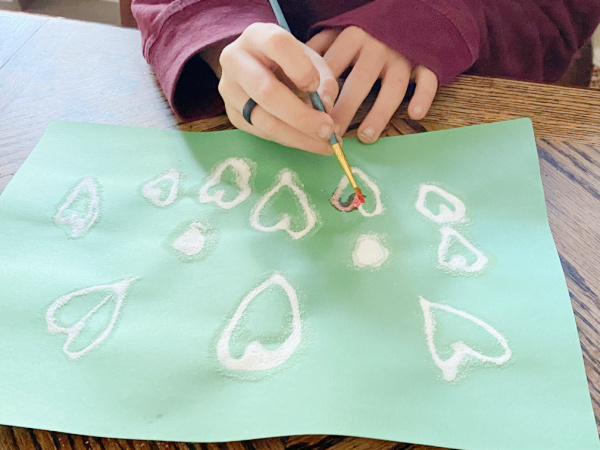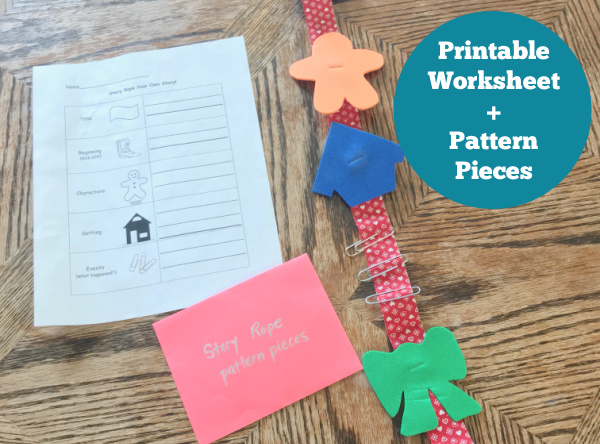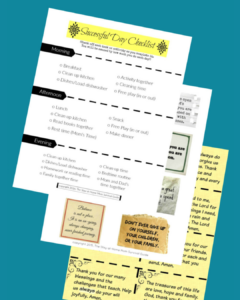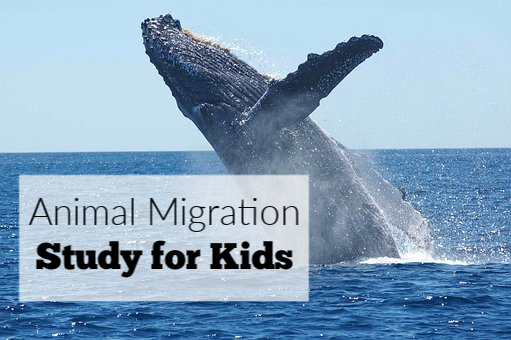
Kids are fascinated about animal migration and it’s because animals are smart, creative, and have special super powers. We can learn a great deal from studying animal migration. How animals master skills and overcome challenges are great lessons to study.
Kids go through seasons in their life where they feel entitled to have what they want without working for it. Animal migration shows us that life isn’t simple. It is hard work.
Kids look up to their heroes, so why not have God’s critters inspire our children to work together. We can ask our children questions to get their minds working.
Studying Animal Migration School Age Activity
Baby turtles are amazing! How they survive is amazing! Those cute little critters face the big huge waves fearlessly.
What are the big giant waves in our own lives that we have to face boldly? Uniformly geese fly together. They can’t get to their destination if they don’t work together.
How do people work together to get where they need to be?
Studying Animal Migration Activities
Animal migration is movement from one place to another for ecological reasons such as food resources, overpopulation and living conditions. Animals travel long distance to avoid cold winters, and others migrate to provide the best place to have babies.
Some animals migrate in groups.
For example, geese fly together in the winter to the south. Caribou travel in a big loop between Canada and Alaska.
Humpback Whale travel the farthest of any other animal. Humpback whales leave the North when the water gets too cold, and goes south where the weather is warm to have babies.
There is internal migration within state, country and continent. External migration is moving to a different state, country or continent.
Click here for a fun Animal Migration Song. This educational video shows animal migration, and a map with animals traveling. Another great animal migration video is Why do animals migrate?
Why Learn About Animal Migration?
In the beginning God said to man to care for the land and animals. He has made us caretakers of His amazing creation, (Genesis 1:20 – 1:29 NIV). Migration shows us the intelligence of God’s mind. It helps us understand the greatness of His works.
Building kids knowledge through studying animal migration will help them care for animals and land.
We don’t need to be a scientist or expert to teach our children about animal migration. This post is to lead you to great resources that you can use with your kids for studying animal migration.
This in and of itself is not a lesson plan but a post that will help you develop your own lesson plans and fun activities for studying animal migration to do with your kids.
Resources for Studying Animal Migration
Following are some educational resources that you can use with your kids about animal migration. I picked some of my favorite animals that have amazing super powers.
Kids can learn that God gives every living creature a super power to help them through life’s difficulties. You can encourage your kids to find their internal super powers too. Like, loving others, honesty, serving, teaching, creating, and making our world a better place.
Studying Animal migration with Sea Turtles and Humpback Whales
Animal Migration – Sea Turtle
Little hatchling sea turtles on the shore are the cutest! I just love watching them wiggle and wobble their little selves into the ocean waters. All sea turtles start on land.
Only females come ashore to nest and males hardly ever return to their natal beach after they are born. The cool thing is, most females return to their nest on a beach where they were born.
Thousands of sea turtles around the world have been tagged for tracking to help collect information about their growth rates, reproductive cycles and migration routes.
Check out this Educator’s Guide, It provides helpful background information about sea turtles!
Sea turtle behavior is fascinating. How sea turtles navigate through the strong waves is puzzling.
Most humans need a GPS to get them to their destination. Scientist wonder how the turtles may use the magnetic field to navigate their location. Check out this video about sea turtles migrating. Do sea turtles have a GPS?
Humpback Whale Migration
The humpback whale is quite the traveler. How do they make it around with such big bodies? Can they really travel around the world?
Their biggest threat is the killer whale who often times attacks the humpback whale on its journey. Whales are majestic and they communicate to one another keeping each other company on their trip.
Have you heard the sound that whales make? Here are some samples of whale sounds – sound 1 sound 2. Or have you seen them dance?
More Activities for Studying Animal Migration
Hands on and visual activities are one of the best ways to educate our children. Helping them map out traveling paths gives the learner a visual picture.
Following is a wonderful resource!
Going Home: The Mystery of Animal Migration activities. How to record migration can be explained here.
There are great activities you can do with your kids today to teach them about animal migration.
It’s time to put on our super hero capes and work together. Through service projects, whether your child attends school or you homeschool, children learn to be active in their community.
Animal Themed Service Projects:
Create garden sanctuaries for birds and butterflies.
Be part of projects that keep the oceans and lakes clean.
Volunteer at animal conservatories.
Pick up trash and don’t litter.
Don’t forget about recycling!
What are your favorite resources or activities for teaching your children about animals or studying animal migration? We look forward to your ideas too.
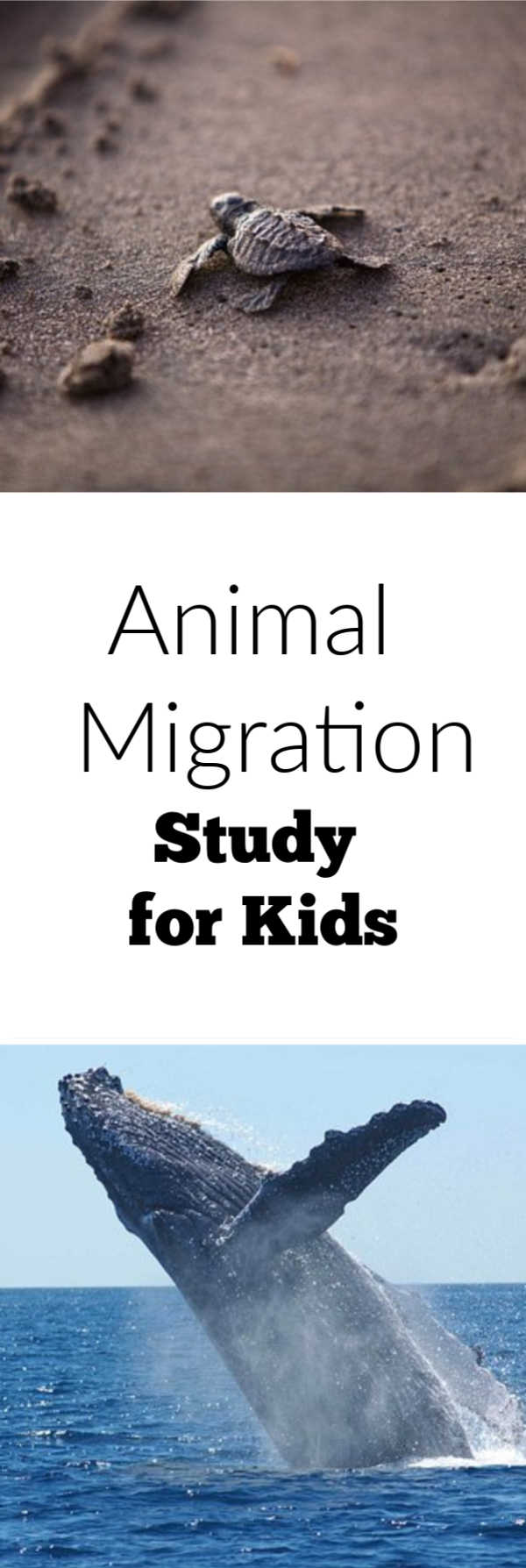
Lisa Brown is an aspiring writer and owner of The Family Roadmap Blog and a Parent Coach at the National Center Of Biblical Parenting. She has a 10-yr. old son, a 7-yr. old daughter, and has been married to her husband for 12 yrs. Prior to marriage, she worked over 20 yrs. enriching the lives of hundreds of children and families. Lisa has a Bachelors in Social Work and Early Childhood Education. To meet with Lisa about a parent concern or if you would like for Lisa to write an article or blog post, you can contact Lisa here.



